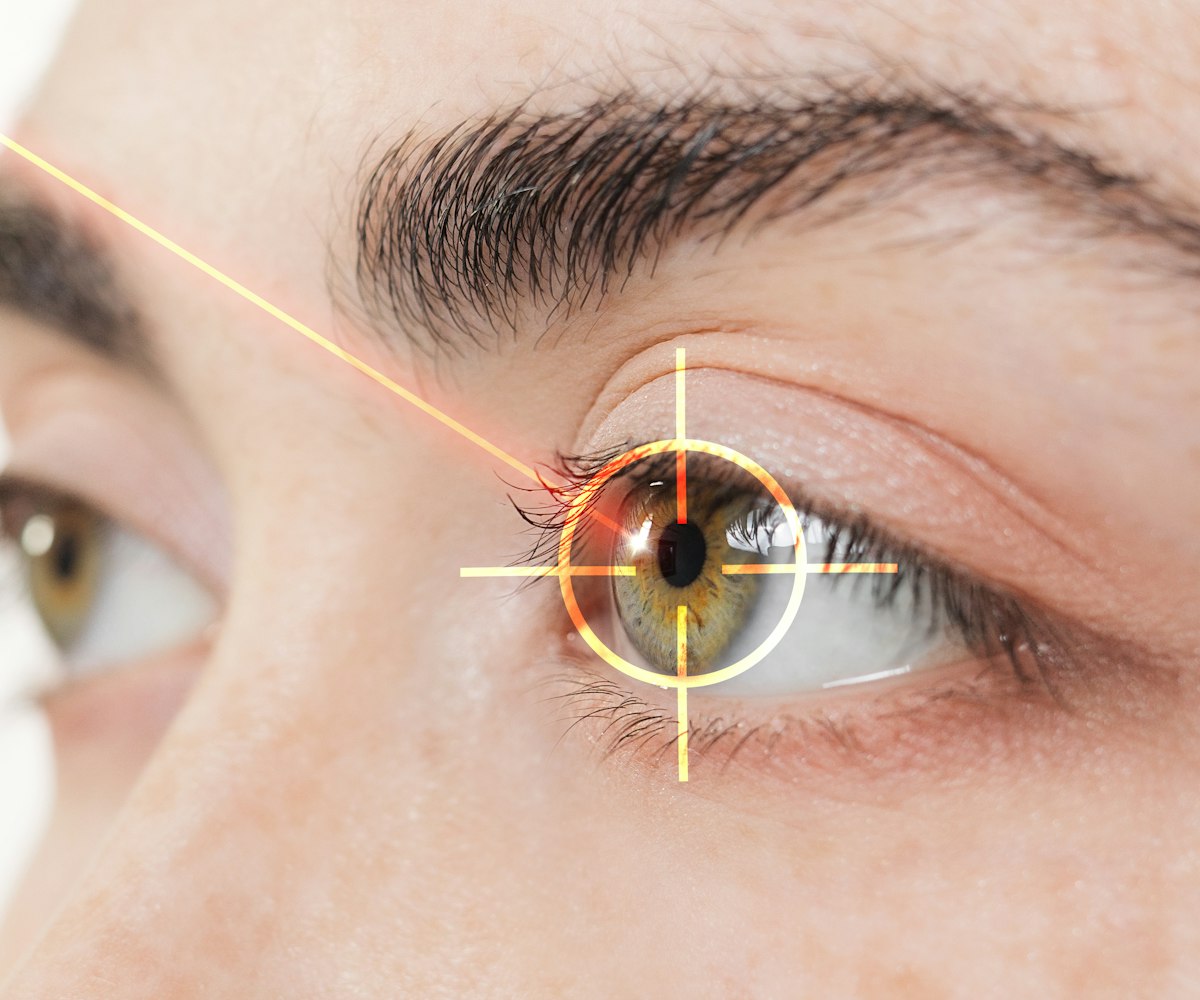LASIK La Jolla, CA
Live Life Free
From Glasses
- Blade-Free LASIK and Other Options
- Affiliated With NVISION Eye Centers
- 55+ Years of Combined Experience

La Jolla Trusts Us
With Their Eye Care
Comprehensive Screening
Dr. Gordon Wong is the co-clinical director of NVision Laser Eye Center of La Jolla, and he selects optimal candidates for laser eye surgery. During a comprehensive eye exam, he can check the overall health of your eyes, measure your corneas, and determine your refractive error to decide if you’re a candidate for LASIK.
Bladeless LASIK
Depending on your vision problems and anatomy, Dr. Gordon Wong and Dr. Wildon Wong may recommend bladeless LASIK. This advanced technique uses a laser instead of a blade during surgery to allow for greater precision and a lower chance of complications.
“Best eye exam experience ever!!! GW has all the latest high tech gear others don’t have along with a well organized knowledgeable staff delivering premier quality eyewear products & services!!! Extremely Impressive!!!”
— M.C., 5-Star Review
Your Surgical Options for Vision Correction
LASIK surgery reshapes the cornea, removing the tissue responsible for improper light refraction onto the retina. If you’re nearsighted, farsighted, or have astigmatism, you could be a candidate for this procedure. There are different options depending on your needs and budget:
Traditional LASIK
Traditional LASIK uses a surgical blade known as a “microkeratome” to make a small incision in the corneal tissue. The inner layers of the cornea are then reshaped while the surface is left undisturbed. This procedure involves a microkeratome, but is a more affordable option.
LASIK With a Laser
LASIK with IntraLase® or iLASIK™ uses a laser instead of a blade to make the corneal incision. This form of LASIK is more expensive than the traditional method using a microkeratome, but you can benefit from improved precision, a thinner flap, and a shorter recovery. However, bladeless LASIK isn’t right for everyone, and our eye doctors will determine the method that best meets your needs.


PRK
If you have thin corneas, large pupils, or another eye condition that prevents you from being a candidate for LASIK, you may qualify for PRK, or photorefractive keratectomy. This laser eye surgery removes the top layer of the cornea instead of creating a flap, but your cornea will regenerate over time.
ICLs
An ICL, or implantable collamer lens, can be placed in your eye to permanently correct your vision. Your prescription will be determined prior to your surgery. Unlike LASIK and PRK, this procedure involves no tissue removal.
Qualifying for LASIK
You must be at least 18 years old, though the ideal patient is at least 21, when vision is more likely to have stopped changing.
You’ve had a stable eye prescription for at least a year.
Your refractive error can be treated with LASIK.
Your eyes are healthy, and you have thick corneas.
You have realistic expectations about what a LASIK procedure can achieve.
Clearer Vision in Under an Hour A Detailed Look at the LASIK Process
LASIK surgery can typically be completed in 30 minutes or less.
Immediate Results and Permanent Effects
Our La Jolla, Carmel Valley, and San Diego patients typically notice an immediate improvement in their vision, though it can take up to a year for final results to be evident. As you heal, you should:
- Take a few days to rest before returning to work.
- Take an over-the-counter pain medication to alleviate discomfort.
- Wear the provided eye patches for one to two days to aid in the healing process.
LASIK permanently changes the shape of your cornea, so if you have finished growing, your results will be permanent.

FAQs About LASIK in La Jolla, CA
Will I need glasses after my procedure?
Most patients achieve 20/40 vision or better after their LASIK eye surgery and can reduce their reliance on corrective eyewear. If you still need to wear contact lenses or glasses, you’ll likely have a lower prescription or only have to wear them under special circumstances, like when driving at night. However, it’s important to keep in mind that the natural aging process will make your vision decline, so you may still need glasses or contact lenses in your 40s.
I’ve seen ads for inexpensive LASIK. What’s the catch?
Advertisements for LASIK that costs just a few hundred dollars are often bait-and-switch ads at best. At worst, the surgery is performed by inexperienced surgeons in subpar conditions. Don’t risk something as important as your vision by choosing one of these providers. Choose an eye doctor you can trust who has a track record of success, even if the procedure is an investment.
Does insurance cover laser eye surgery?
Laser eye surgery is considered elective, so most insurance plans won’t contribute to the cost. However, coverage varies based on your plan and provider, so we’ll verify your coverage before you commit to a procedure.
What are the side effects?
The most common side effects of LASIK are dry eyes, light sensitivity, double vision, glares, and halos around lights. Side effects typically resolve within a few weeks or months. Dry eye is the most common side effect and can last up to three months, but the condition can be managed with artificial tears.
“I've been seeing Dr Gordon Wong for about 10 years now. Even when my insurance changed to Kaiser and didn't cover my visits to GW, I still went and paid out of pocket because he is so very good at what he does I didn't want to compromise. Very thorough and very cutting edge on all he does. I'm a big fan.”
— Mark, 5-Star Review


